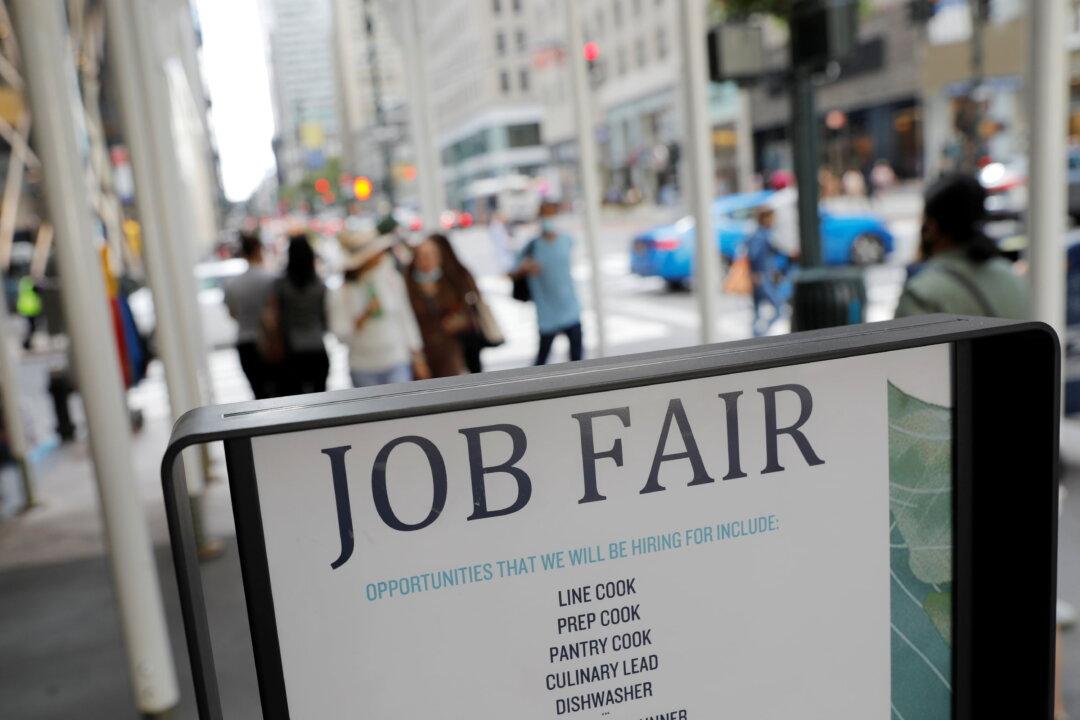U.S. job openings, a measure of labor demand, dropped to their lowest level in nearly two years in February, a potential sign that tight labor market conditions are finally easing.
This could be good news for the Federal Reserve’s aggressive interest rate policy, as it considers whether to pause its cycle of rate hikes.





